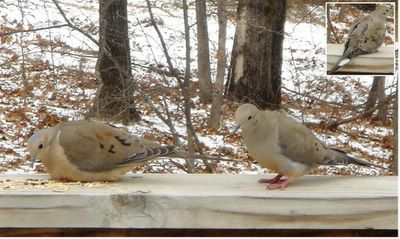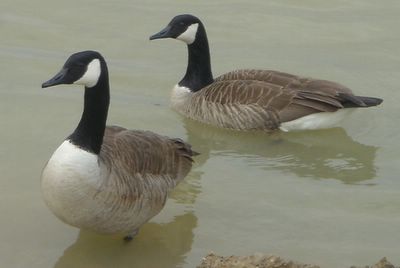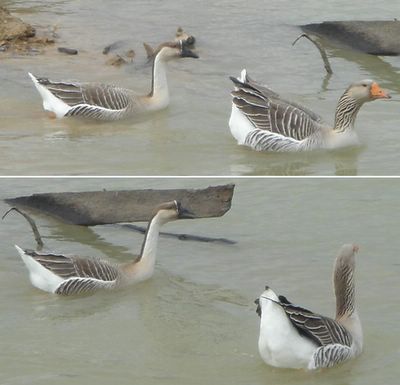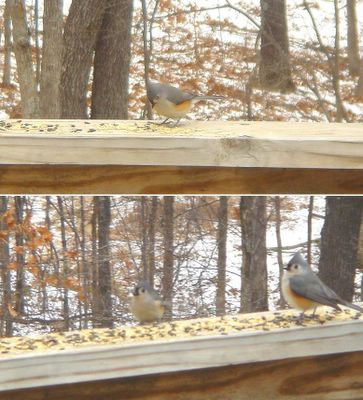Fish Friday: Largemouth Bass, Micropterus salmoides
This is a largemouth bass, Micropterus salmoides (click the pic to enlarge). My fishing buddy caught this one last summer at a reservoir on my dad's farm. The place is packed with bass which are fun to catch and great to eat. I don't remember how much it weighed but I would guess about 2-3 pounds. That is about the size I like to eat; big enough for a good fillet, but not so big that the meat is too tough. The largest largemouth bass recorded were 22+ and 25+ pounds, but the largest one I have heard about coming out of our reservoir was about 9 or 10 pounds. The key identifying features of largemouth bass are the ragged dark stripes running the length of the body, the notch between the two dorsal fins and the large mouth. The upper jaw extends beyond the back of the eye. The color is green to olive dorsally and white ventrally.
Both Florida and Alabama claim the largemouth bass as it official state freshwater fish. Georgia and Mississippi have named it as their only official state fish.
Don't forget to check out Modulator's Friday Ark.
Labels: Friday Ark, photography, zoology

















